#neolithic Britain
Text
Britain seems particularly good at this, with engaging the local modern inhabitants around sites.
5 notes
·
View notes
Text
Gathered in an exhibition room at Stonehenge, around 80 objects made in Japan during the Jōmon period, roughly the same time the great stone circle on Salisbury Plain was built, highlight some beguiling parallels between two cultures separated by thousands of miles.
The exhibition, Circles of Stone: Stonehenge and Prehistoric Japan, reveals that prehistoric people in southern Britain and in Japan took great trouble to build stone circles, appear to have marked and celebrated the passage of the sun and felt moved to come together for festivals or rituals.
“Of course they couldn’t possibly have any idea what each other was doing,” said Martin Allfrey, senior curator for English Heritage. “But it is tantalising to look at what these extraordinary objects from Japan tell us about the similarities between these communities who were perhaps ideologically closer than one might imagine. Exploring what is happening elsewhere in the prehistoric world is key to understanding the significance of Stonehenge.”
At about the time Stonehenge’s builders were creating the monument, their Japanese counterparts were coming together to make sites such as the Ōyu stone circles in northern Japan. These do not feature the sort of hulking standing stones that Stonehenge is famous for but rather large circles made of thousands of river pebbles. Like Stonehenge, they appear to be aligned to mark solstices.
Star of the show at Stonehenge is the Jōmon cooking pot, which Simon Kaner, executive director of the Sainsbury Institute for the Study of Japanese Arts and Cultures, explained would have been placed in the fire of a Jōmon dwelling near the Shinano River. He pointed out the black marks that show it was used for making, perhaps, a fish stew. “Imagine sitting around the fireplace as a meal bubbled away in this. It must have cast the most extraordinary shadows,” he said. This is the first time the pot has gone on display outside Japan.
Finds made at the Japanese stone circles suggest people came together for feasts and venerated their ancestors, just like the people who constructed Stonehenge. The scale of their creations meant that both the ancient Britons and Japanese people must have been able to bring together large numbers of people to co-operate on ambitious, important projects.
Geography may have something to do with the parallels. The UK and Japan flank the Eurasian landmass at roughly the same latitude, meaning they have similar climates and natural resources, which both peoples exploited and adapted.
#love jomon pottery#that header image is causing me to short circuit#they took the pot on a fieldtrip to Stonehenge!!#prehistoric japan#neolithic Britain#ancient cultures#ancient history#exhibitions
13 notes
·
View notes
Text
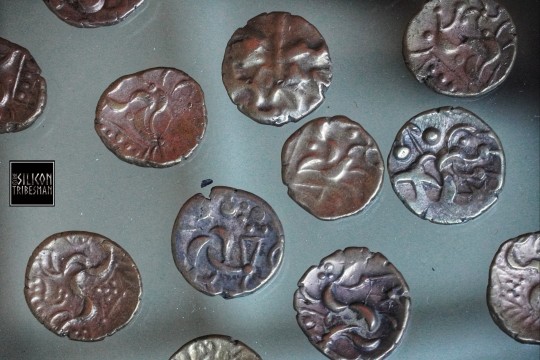
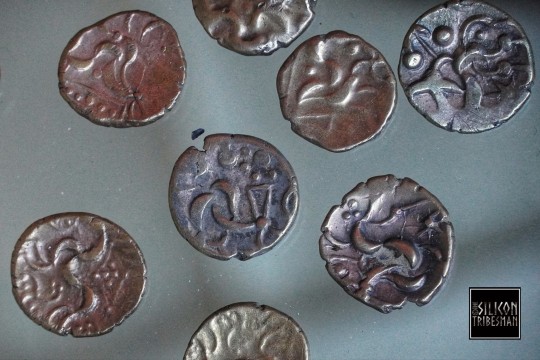
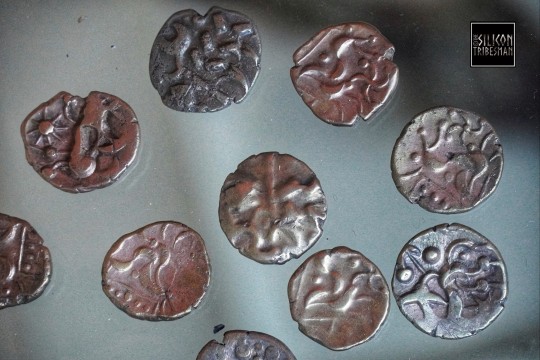
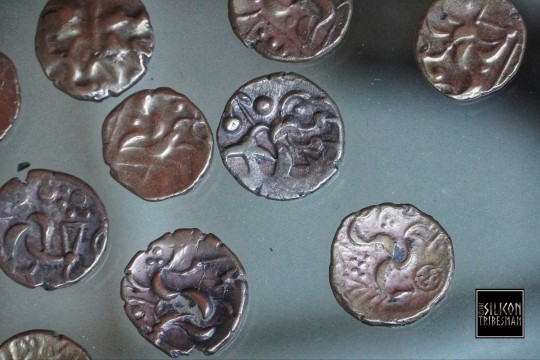
Iron Age Coinage, The Yorkshire Museum, York
#ice age#stone age#bronze age#iron age#copper age#prehistoric#prehistory#neolithic#mesolithic#paleolithic#chalcolithic#archaeology#ancient cultures#ancient craft#ancient living#coins#tribes#money#trade#ancient britain#design#Yorkshire
128 notes
·
View notes
Photo

Ancestors: A Prehistory of Britain in Seven Burials
Ancestors: A History of Britain in Seven Burials is a focused yet detailed look at the prehistory of Britain, particularly what burials, skeletons, ancient DNA, and human remains can reveal about the long-spanning time from the Palaeolithic right up to the Iron Age. Alice Roberts is an osteoarchaeologist and physical anthropologist at the University of Birmingham, and she brings her expertise in all things skeletal to the fore in this book. Roberts takes the reader on a journey through time and around the United Kingdom, from the Red Lady of Paviland Cave dating to the Palaeolithic and to the Neolithic ‘Tomb of the Otters’, to visit Rushmore Estate. Roberts essentially does archaeology of archaeology and explores the possibilities of modern technologies and ancient DNA.
Continue reading...
34 notes
·
View notes
Text

Stonehenge, 2 May 1816 by Francis Etheridge
#francis etheridge#art#stonehenge#wiltshire#england#salisbury plain#megalithic#megalith#prehistoric#neolithic#structure#monument#bronze age#stones#british isles#britain#europe#european#clouds
125 notes
·
View notes
Video
Skara Brae, home from home by Tony
#Bay of Skaill#East Mainland#Orkney#Scotland#Skara Brae#World Heritage#archaeology#britain#coast#europe#houses#island#neolithic#remains#site#©2021 Tony Sherratt#2021 09 23 134630#flickr
36 notes
·
View notes
Text
Where is the historical infectious disease fandom bc i wanna yell about evidence of plague being found during the neolithic decline but no one I know cares 😭
#they found plague in funnel-beaker culture teeth thats so fckin cool T_T#plague's really been kicking our ass all along huh#and it isnt even news that paper is from 2019!!#tho theres also an article from 2023 in nature about plague in neolithic britain!
3 notes
·
View notes
Text
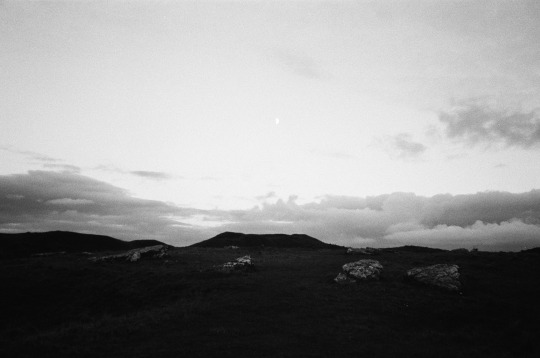
arbor low, peak district
#arbor low#Neolithic#stone circle#derbyshire#35mm film#film photography#black and white#film#Neolithic stones#stone bothering#ancient stones#burial mound#ancient britain#moon#henge#stone henge
5 notes
·
View notes
Text
Across England, hundreds of prehistoric sites were constructed and sit on ley lines across massive distances. Was this coincidence, or were Bronze Age Britons much more advanced surveyors and more astronomically attuned than we’ve thought?
#ley lines#astronomy#Bronze Age#Neolithic#tombs#prehistoric#henges#solstice#equinox#cosmology#megaliths#England#Britain#stone circles#ancient#history#ancient origins
30 notes
·
View notes
Text


✨️pics are not mine✨️
Stonehenge is a neolithic monument made from sarsen stone (outer ring) and a bluestone (inside ring). Archaeologists believe that it was constructed from around 3000 BC to 2000 BC. It was produced by a culture that left no written records. That's why we don't really know, what was the function of it. Stonehenge may have been built as a symbol of "peace and unity" of Britain's Neolithic people.
🤍 place: Salisbury Plain in Wiltshire, England
🤍 time period: Neolith/Bronze Age
🤍 culture: Bell Beaker Culture/Wessex Culture
#architecture#history#stonehenge#professor neolith#neolithic#bronze age#megalithic#archaeology#archeolgst#archaeologist#art#dark acadamia aesthetic#dark academia#art history#prehistoric#prehistoire#monument#england#britain
6 notes
·
View notes
Text
The Origin of Halloween from Samhain to Trick-or-Treat
The Origin of Halloween from Samhain to Trick-or-Treat
https://www.historicmysteries.com/origin-of-halloween/

View On WordPress
#Ancient Britain#Archaeology#Bonfires#Celts#Fire#Gaelic#Goddess#Gods#Halloween#history#holidays#Ireland#Neolithic#Offerings#Prehistoric#Religion#Religious Artifacts#Religious Rituals#Samhain#Spirituality#The Mound of the Hostages
2 notes
·
View notes
Text
What a wonderful find!
24 notes
·
View notes
Text
// Because Beleg is old as balls I have this idea of him rediscovering flint craftsmanship when the Nandor first arrive in Menegroth. The Nandor don't use metal so they must still be using flint, and flint technology became really sophisticated before metallurgy arrived* I mean Tolkien doesn't mention flint or obsidian anywhere but if the Nandor had weapons and no metal then tssssk must've been stone.
So I'm imagining the younger Eluwaith teasing Saeros and co for still using flint, and then Beleg interjects like 'I still use flint sometimes out on the borders.' And then it's I'll show you mine if you show me yours but the Nandor have more advanced techniques and Beleg's like aaajdjsgafagsb teach me please!!! And the Nandor are like sure if you reach us how to use this metal stuff.
And everyone else is like ...-blink-
#basing this off British timeline as well I live in Britain and the neolithic sites I've been to are in Britain#out of chairs#saemun headcanon noone asked for#i saw some teeny tiny tooth sized and shaped microliths at Grimes Graves and they're razor sharp and super economical#cause they're fixed into an antler or bone handle so hardlt any flint is used#i also touched a Neolithic skull on Orkney but idk if the guide was meant to let us or not xD#this is why i love the Nandor cause i love rhe stone age and they're like stone age elves kinda
2 notes
·
View notes
Text
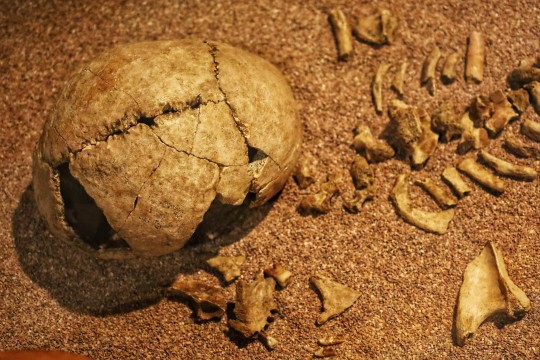

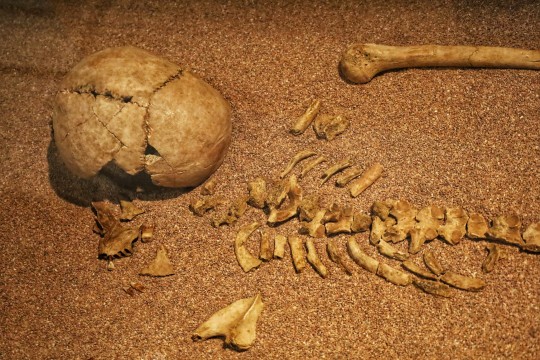

The Harper Road Burial, 50 to 70CE, Early Roman Period of Britain, The Museum of London.
A burial of a woman, five foot three inches in height and aged between 45 and 49 with a bronze mirror, bronze neck-ring and pottery wine jar. Iron nails around the body indicate the use of a wooden coffin.
#ice age#stone age#bronze age#copper age#iron age#neolithic#mesolithic#calcholithic#paleolithic#roman#roman army#roman invasion#roman britain#archaeology#burial#ritual#grave goods#relic#artefact#London
66 notes
·
View notes
Text
Whether the Arthur of legend actually existed is the subject of much debate. Per the British Library’s Hetta Elizabeth Howes, historical records show that a man named Arthur led resistance against the Saxons and Jutes around the fifth and sixth centuries C.E.; some Welsh accounts reference a similarly gifted warlord. The king of modern myth, however, only began to take shape in Geoffrey of Monmouth’s History of the Kings of Britain (1138).
Arthurian legends were widely shared throughout the 12th and 13th centuries, via manuscripts for the wealthy and oral storytelling for the broader population. Though earlier tellings emphasized Arthur’s strength in battle and nation-building skills, the tales eventually became part of the medieval romance tradition, wistfully yearning for a time of morality, chivalry and righteousness.
Arthur’s Stone was first linked to the mythical king prior to the 13th century, according to English Heritage. Its fame continued in the centuries that followed: Charles I camped in the area with his troops during the 17th-century English Civil Wars, and writer C. S. Lewis, who frequently walked by the site, based the Stone Table in The Lion, the Witch and the Wardrobe on it.
— Archaeologists Begin First-Ever Excavation of Tomb Linked to King Arthur
#THIS IS SO COOL OMG#i had no idea that the stone table was based on this#or that there was actual evidence of king arthur having really existed#history#architecture#archaeology#folklore#books#c.s. lewis#narnia#neolithic#medieval#britain#england#anglo-saxons#arthur's stone (herefordshire)#king arthur#geoffrey of monmouth#charles i
3 notes
·
View notes
Text
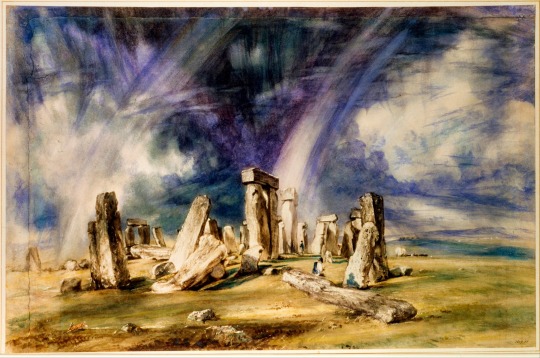
Stonehenge by John Constable
#stonehenge#art#john constable#prehistoric#monument#salisbury plain#wiltshire#england#britain#british isles#stones#neolithic#bronze age#archaeology#europe#european
87 notes
·
View notes